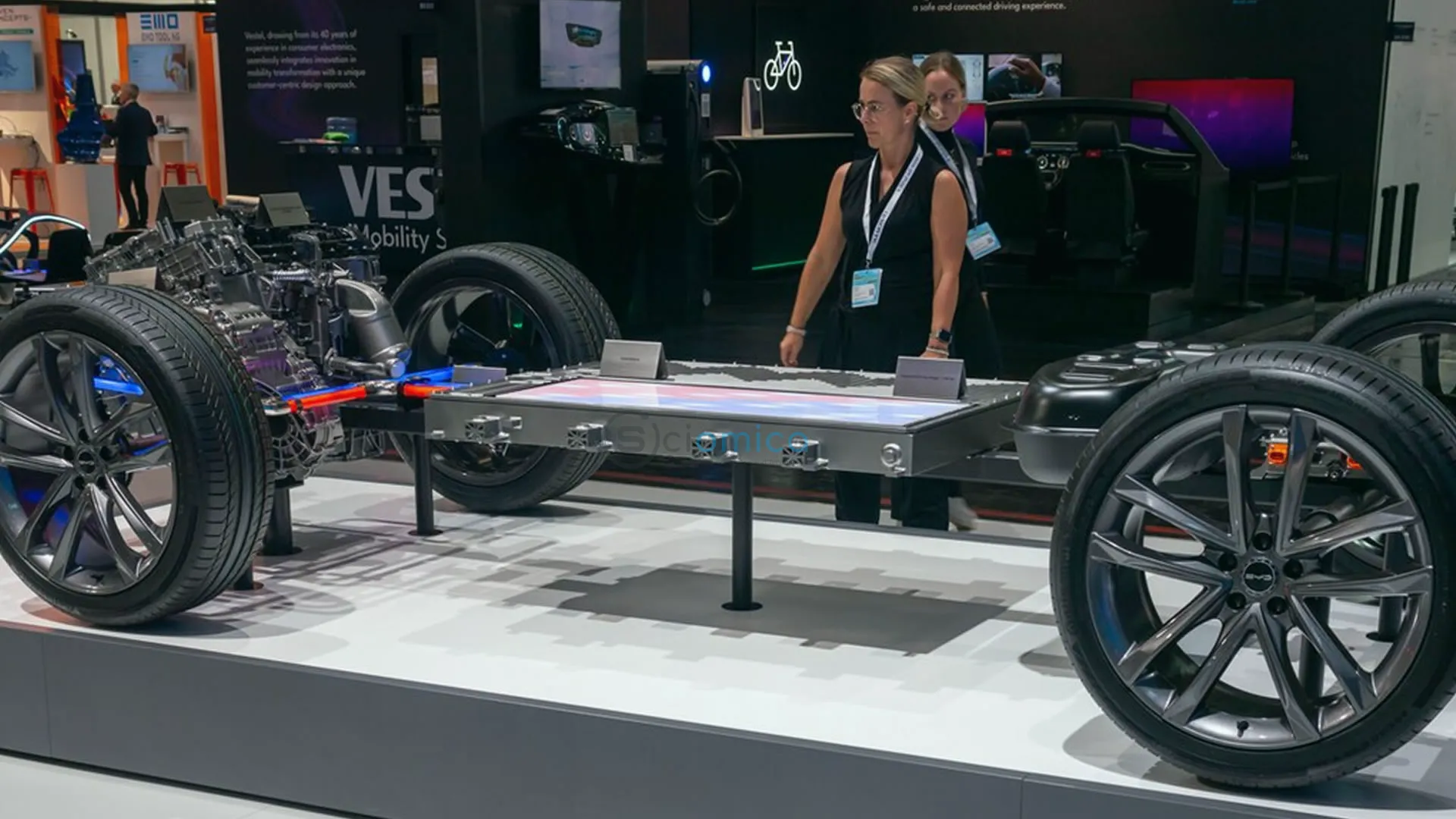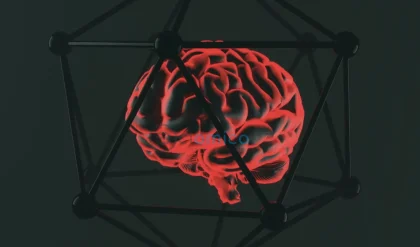
Researchers from the University of Technology Sydney (UTS) and the University of Manchester have unveiled an innovative zinc-ion battery that promises an extended lifespan, positioning it as a potentially safer and more sustainable alternative to traditional lithium-ion batteries. With the ability to withstand 50 percent more charge-recharge cycles, this new battery design could revolutionize the way we store large-scale renewable energy, such as solar and wind power.
Zinc-ion batteries have long been recognized for their safety, cost-effectiveness, and environmental friendliness compared to their lithium-ion counterparts. However, they have struggled with a significant drawback: their internal components rapidly degrade due to the cyclical nature of charging and discharging. This issue has limited the practicality of zinc-ion technology in various applications, particularly in energy storage solutions.
The breakthrough achieved by the research teams allows for a remarkable longevity, with the new battery capable of enduring up to 5,000 charge and discharge cycles while maintaining a robust capacity. This achievement is particularly exciting in light of the increasing demand for renewable energy storage systems that are both efficient and safe.

The solution developed by the researchers hinges on two key innovations. The first component of the breakthrough is a novel 2-dimensional (2D) superlattice material. This sophisticated material comprises layers of manganese oxide and graphene. Manganese oxide serves as a transition metal oxide often utilized in battery technology, while graphene is celebrated for its remarkable strength and thinness, being a single atom thick in some formations.
Together, these materials form a “superlattice,” a meticulously engineered structure that operates at an atomic scale. The second pivotal element of this research is the application of a phenomenon known as the Jahn-Teller Effect. This quantum mechanical principle manifests when certain atoms distort under specific conditions, acting as a built-in mechanism for stress relief at the atomic level.
In the context of the newly developed battery, the researchers have harnessed the Jahn-Teller effect across the entire material structure, resulting in a cooperative phenomenon. This allows the battery to manage the repeated stress caused by the insertion and removal of zinc ions during charging and discharging—a process akin to equipping the battery with flexible bones that can bend rather than break.
The complementary effects of the superlattice material and the Jahn-Teller mechanism significantly enhance the durability of the zinc-ion battery. As a result, the cathode remains stable and intact, allowing for a prolonged lifespan—an essential characteristic for practical energy storage solutions.
Moreover, the manufacturing process for the new battery is notably more sustainable. It involves low-temperature, water-based, and non-toxic methods that promote a cleaner production approach. These innovations contribute to the overall safety of zinc-ion batteries, as they do not carry the same fire hazards associated with lithium-ion batteries.
“Our approach offers an effective strategy to significantly enhance the lifetime of rechargeable batteries by introducing the cooperative Jahn-Teller effect that overcomes the stress of ion insertion in electrode materials,” the researchers commented. They also noted that the use of zinc, an abundant and low-cost element, further contributes to the economic viability of these batteries.
In a broader context, this research hints at the potential to develop grid-scale batteries that can reliably store renewable energy at a lower cost. This new technology could serve as a viable substitute for lithium-ion systems, which are often fraught with limitations due to their reliance on scarce and expensive metals like lithium and cobalt.
Guoxiu Wang, the lead author of the study from UTS, emphasized the significance of their findings: “Our research opens a new frontier in strain engineering for 2D materials. By inducing the cooperative Jahn-Teller effect, we’ve shown that it’s possible to fine-tune the magnetic, mechanical, and optical properties of materials in ways that were previously not feasible.”
The implications of this research are profound, not only for the future of energy storage but also for the advancement of materials science in general. With the details and findings documented in the journal Nature Communications, this work lays the groundwork for safer, more efficient energy solutions that align with the global shift toward renewable energy sources.






